The Three Main Types Of Hybrids Explained
The simplest definition for a hybrid electric vehicle (HEV) is one that relies on two different power sources.
Beyond that, a plethora of terms being bandied about today can make things appear unnecessarily complicated.
Cutting through the sea of words, hybrids can basically be divided into three main types: These are: full hybrids, mild hybrids, and plug-in hybrids. Then again, you have variations, such as so-called “muscle hybrids” and “micro hybrids” – for which arguments could be made that these are sub-types.
In the U.S. the “two different power sources” hybrids rely upon are for now only gasoline and electricity, but in Europe there are some diesel-electric hybrids. It would be just as valid to consider other mixes, such as a natural gas plus electric, or what have you, but for our purposes, it’s gasoline and electricity.
Hybrid-Enabling Technologies
Hybrids share an overlapping set of technologies to make their systems work. Their basic goal is to maximize the use of the electric portion of the drivetrain because electric motors are more efficient and produce no emissions.
Hybrids have been called a “bridge” toward pure electric vehicles. In other words, they are a compromise, so another qualifier is they can be considered good, better, and best compromises.
All gas-electric hybrids utilize some size of battery pack and electric motor. Engineers have come up with various ways to keep the battery charged short of plugging the car in. An exception is – as you might have guessed – the plug-in hybrid which can partially recharge on the road, but needs to be plugged in because its battery is too large for the car to efficiently recharge it on the go.
An exception in turn here is the Porsche Panamers S E-Hybrid which is able to fully recharge while driving.
The smaller batteries in regular “full” or “mild” hybrids – or even purported “micro hybrids” – are replenished through a couple of ways.
One is by the motor/generator which alternately helps propel the car, or upon deceleration, generates power back to the pack. This is what “regenerative braking” involves. The motor essentially reverses and works to create energy when the car is slowing down. It thus converts kinetic energy and is an elegant solution.
Another way is by allowing the engine to turn the motor/generator in certain portions of the drive cycle where it can most efficiently do so.
Of course this would be impossible without fairly advanced computer controls which monitor these and a few other tricks.
Other tricks include “stop-start” technology, also known as “idle-off,” which shuts down the engine when the car comes to a stop, and these come in a variety of types.
In common to all, is releasing the brake lets the engine restart instantly – and it is engineered for this, so there’s no concern with lack of oil pressure or friction from frequent starts as there might be if you simply turned a regular car off, and started it with the key (or start button).
Another thing enabled by hybridization is the reduction of engine displacement and often the number of cylinders. Because the electric motor shares the load, a gasoline engine can be optimally sized for fuel efficiency and clean burning.
Most full hybrids also incorporate the Atkinson Cycle. This shortens the intake and compression stroke of a four-cycle engine to increase efficiency at the expense of some horsepower and torque. Again, with the addition of an electric motor to fill in the gaps, the driver does not perceive an underpowered vehicle.
Hybrids also tend to use an efficient variation of the automatic transmission called a continuously variable transmission (CVT). This changes the drive ratios more steadily allowing the engine to run in its most fuel-efficient rpm range. Some hybrids however may have a regular automatic transmission, such as those from Hyundai and Kia.
Full Hybrids
Among “regular” hybrids – not including the plug-in variety – full hybrids are the most fuel efficient. They use all the technologies described above, and are the most thoroughly engineered solutions.
The classic example of a full hybrid is the Toyota Prius, or any of Toyota’s Hybrid Synergy Drive vehicles, but today many automakers now offer full hybrids.
Full hybrids are also more efficient – and so defined – because they can automatically choose to operate in series mode, parallel mode, or all-electric mode.
Are we breaking our promise and making this complicated?
Hopefully not. In basic terms, a series hybrid is a powertrain that uses the electric motor to drive the wheels, and the gas engine to provide the power as an on-board generator. In other words, the gas engine never mechanically turns the drive wheels.
A diesel locomotive is actually a series hybrid. It’s really an electric-powered vehicle despite those great big chugging engines and the black smoke – that’s just how it generates its own electricity.
In the automotive world, the Fisker Karma was a pure series hybrid and a company called VIA Motors is also making pure series hybrid light-duty trucks.
In parallel mode, both the gas engine and electric motor contribute to driving the wheels.
A full hybrid may also operate for short durations in pure electric mode. Have you ever had your back turned and had a hybrid almost silently sneak up behind you? At low speeds – where energy usage is minimal – the small battery pack and electric traction motor can most effectively operate in pure electric mode.
Actually, the way a Prius or Accord Hybrid or Ford C-Max Hybrid works is the vehicle will teeter between gas to electric to a combination. This assumes its battery pack is charged, which is part of the multi-tasking operation of its sophisticated computer brain.
The computer won’t let itself run out of electric power, and will switch on the gas engine as needed.
Mild Hybrid
Remember we mentioned good, better, and best compromises? A mild hybrid is not typically as efficient as a full hybrid because it is limited to parallel hybrid mode.
Another simple way of looking at a mild hybrid is it has a battery and helper motor, but these operate while the gas engine is on, and never fully take over. They are not powerful enough to propel the car without the gas engine also doing some of the work.
Examples of these would be General Motors eAssist and Honda’s Integrated Motor Assist (IMA).
Mild hybrids may also make use of stop-start and regenerative braking but they tend not to return as high of EPA-rated mpg.
Plug-In Hybrid
This is one step further along the “bridge” toward a pure electric vehicle. Most of these include all the technologies of a full hybrid, but have an extra trick – they have larger batteries. These can be plugged into the grid and their incrased supply of on-board electricity allows them to run in all-electric mode from a low of maybe six to 14 miles for the Toyota Prius PHEV, to 38 miles for the Chevy Volt.
The Volt is the lone exception in one respect, in that it is closer to a pure EV, operates mostly as a series hybrid, but in “charge-sustaining mode” – when its battery is depleted and only the gas generator is propelling the car – it is not acting like a parallel hybrid.
If you want to know more how respective cars work, we’d recommend reading individual reviews as that’s beyond this article’s scope.
Micro and Muscle Hybrids
In brief, a micro hybrid is considered by some barely even a hybrid. It usually utilizes stop-start, and often may include a 48-volt battery to operate on-board electrical systems, and may improve economy 10-20 percent. Examples include the Chevy Malibu with stop-start, or Mazda’s i-ELOOP system.
Micro hybrids are at best the lowest rung on the hybrid ladder, and there’s no electric traction motor to actually drive the wheels. The system only saves the engine the extra work of powering subsystems.
A “muscle” hybrid is an approach that uses the electric motor as extra power, sort of like how a bolt-on turbocharger or supercharger would. Instead of cramming more fuel in, it gives more power without requiring more fuel.
These tend to be full or even plug-in hybrids, and may save fuel as well, but the emphasis is weighted toward speed performance, more than efficiency performance – even though in all-electric mode, they may momentarily bask in the efficiency of a pure electric car.
Infiniti’s Q50 Hybrid and BMW’s ActiveHybrid3 could arguably be said to be biased toward go-power instead of green power.
Even more so are three new supercars from Europe, the McLaren P1, Ferrari LaFerrari, and Porsche 918 Spyder.
Take-Away
Hybrids come in many configurations but in common is they are all engineered compromises. The simple part is they are ways to capture advantages of electric and gasoline power and merge the two.
The bottom-line measure of their effectiveness is how much better mpg and reduced greenhouse gas emissions they provide for the cost of their extra engineering. The best one for you is what matches your driving needs, tastes, and budget.
Become an AutoGuide insider. Get the latest from the automotive world first by subscribing to our newsletter here.
More by Jeff Cobb




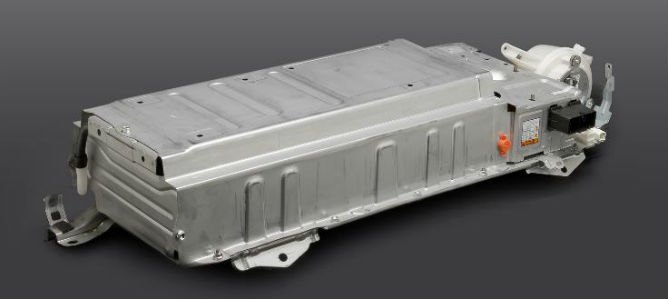



















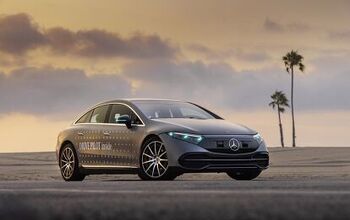


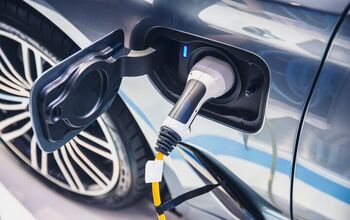




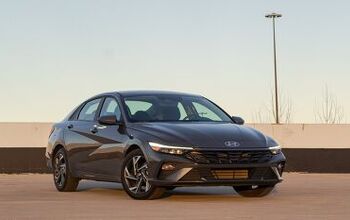
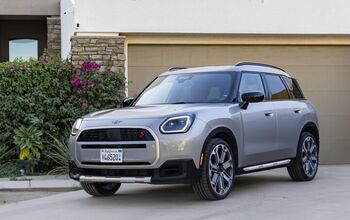




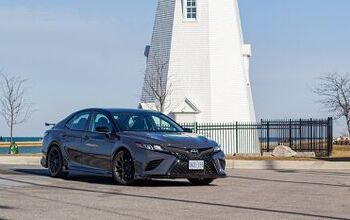
Comments
Join the conversation
I am considering buying a RAV4 Hybrid and will appreciate the opportunity to test drive one of these vehicles